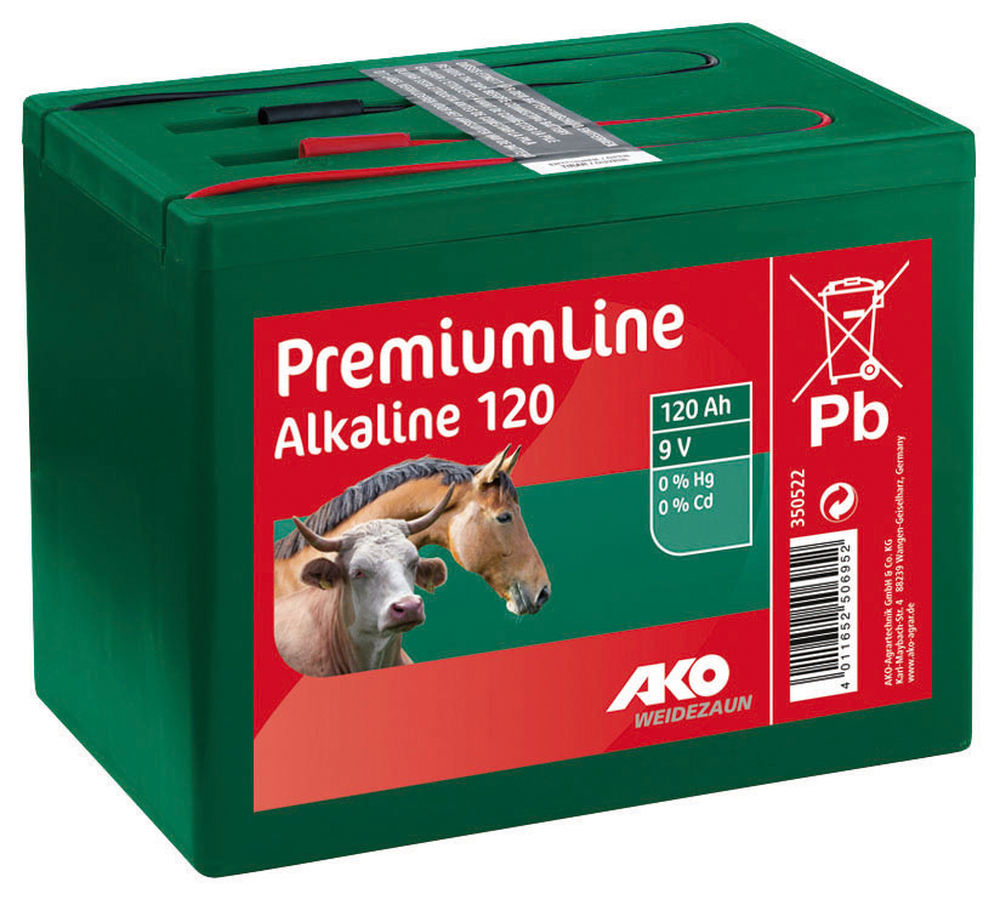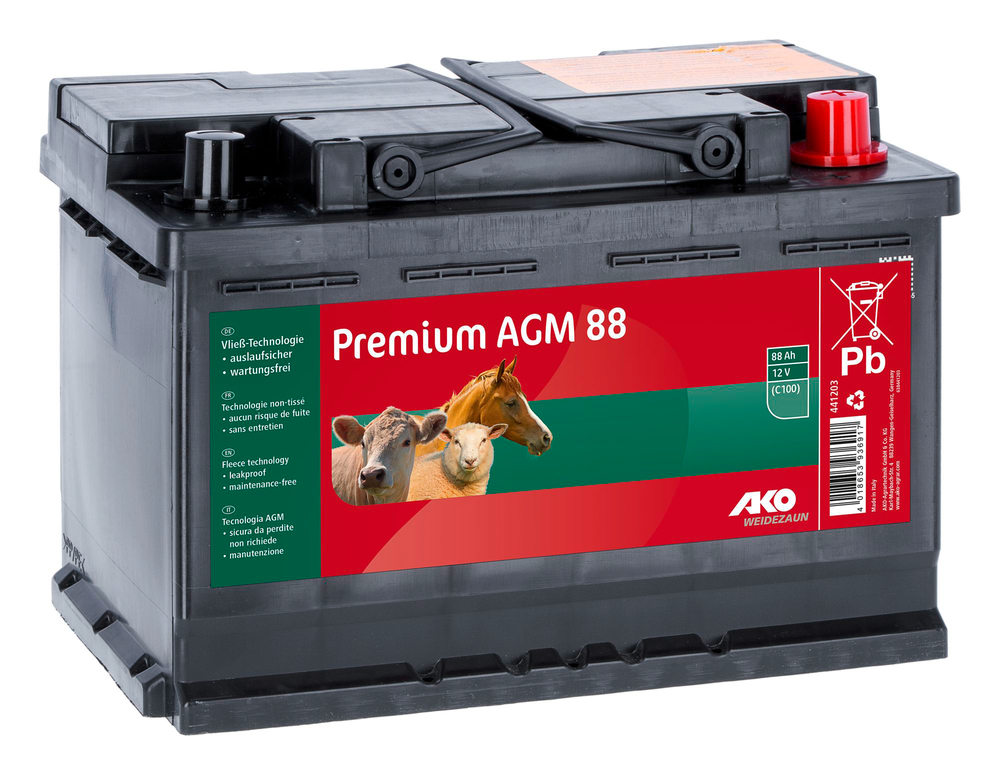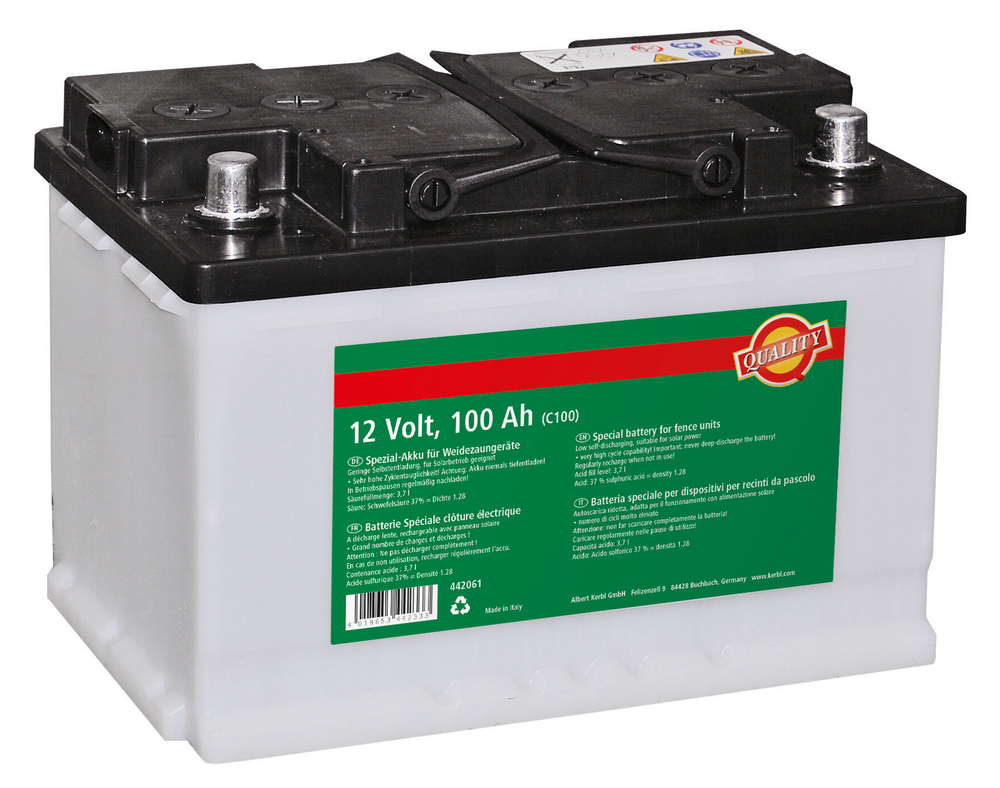04/01/2024
Batteries and rechargeable batteries
There are basically 9 V dry batteries for 9 V battery-powered devices (non-rechargeable) and 12 V rechargeable batteries. These are used for more powerful 12 V battery-powered devices.

Depending on the power of the device and local conditions, 9V batteries usually last for several months, or about a season. They provide a reliable power supply and are easy to handle. They cannot be recharged and must be disposed of when empty. It is important to dispose of batteries properly when they are empty or no longer in use. Due to their chemical content, they should not simply be thrown away with household waste. Instead, they should be taken to special collection points or recycling centers to protect the environment.

12 V batteries are rechargeable and can therefore be used for multiple seasons. They need to be charged regularly (again, depending on the conditions, the length of the fence, and, of course, the attached device). They can also be charged using a solar panel. It is important to charge and discharge the battery properly to extend its lifespan. Safety guidelines should also be followed when handling batteries, as they contain chemicals and can be dangerous if handled improperly.

There are now many different variants on the market, e.g. the AGM fleece battery (is a sealed lead-acid battery which, unlike conventional lead-acid batteries, does not need to be regularly refilled with water as it is designed and built to be maintenance-free), the special wet battery (extremely low self-discharge, battery is "dry pre-charged", slow charge and discharge cycles) or the "Banner" starter batteries (delivered already filled with acid).
Certain battery-operated devices can also be operated with 12 V dry batteries (Art. No. 61107 and 19159); this would be indicated in the information table for the respective electric fence device under "Battery type" (e.g. Art. No. 55433, electric fence device Koltec EC 25).
